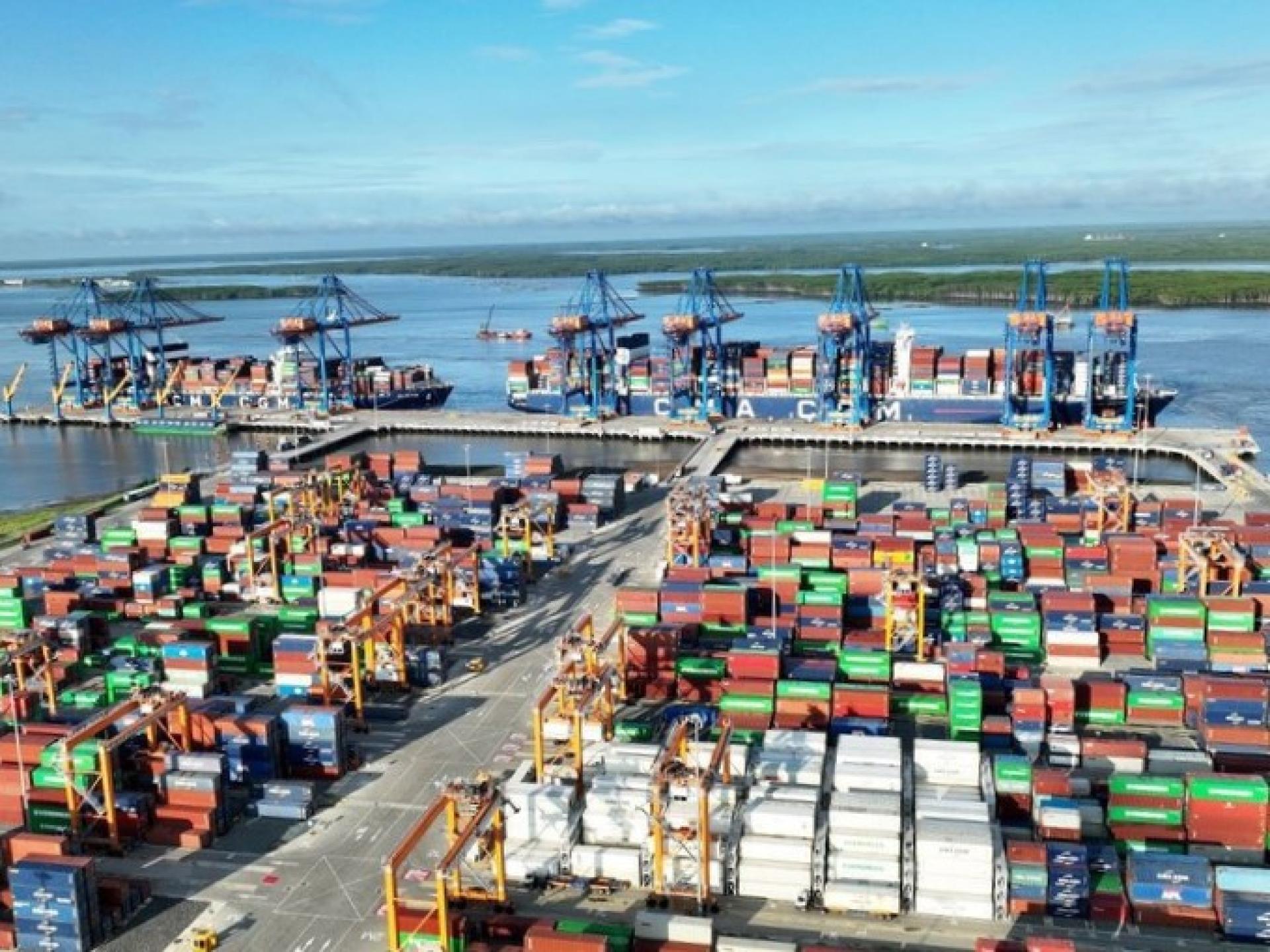(Hanoi, 7th) – According to Vietnam News Agency – The World Bank (WB) has released its "East Asia and Pacific Economic Update 2025," forecasting the region's economic growth rate to reach 4.8% this year. Although this is slightly lower than last year's 5%, it is still considered a "bright spot" on the global economic map.
The report shows Vietnam leading developing economies in East Asia and the Pacific with an expected growth rate of 6.6%, outperforming major economies in the region. Mongolia and the Philippines follow, with growth of 5.9% and 5.3% respectively; China, Cambodia, and Indonesia are expected to grow by 4.8%; Pacific island nations and Thailand are slowing down, with growth rates of 2.7% and 2% respectively.
The World Bank also predicts that overall regional growth will slow to 4.3% in 2026, mainly due to trade barriers and geopolitical uncertainties. Some countries remain overly reliant on fiscal stimulus, while structural reforms have seen limited progress.
Against this backdrop, Vietnam stands out as a regional stabilizing highlight due to its strong recovery in production and domestic demand. The World Bank highly appreciates Vietnam's policy management in maintaining macro stability, controlling inflation, and supporting enterprise recovery.
Aditya Mattoo, Chief Economist for East Asia and Pacific at the World Bank, pointed out that about 80% of new jobs in Vietnam come from young and dynamic enterprises, indicating robust momentum in the private sector.
He noted that Vietnam's specialization in industries and services, especially in high value-added sectors, has improved significantly.
The report also mentions that the new US tariff policy poses challenges for export-dependent economies in the region. For Vietnam, the key in the future lies in consolidating domestic demand, enhancing product value, and accelerating digital transformation.
The World Bank recommends that Vietnam should achieve high-quality, inclusive, and sustainable growth by advancing institutional reforms, improving labor productivity, and stimulating innovation.
The World Bank also predicts that overall regional growth will slow to 4.3% in 2026, mainly due to trade barriers and geopolitical uncertainties. Some countries remain overly reliant on fiscal stimulus, while structural reforms have seen limited progress.
Against this backdrop, Vietnam stands out as a regional stabilizing highlight due to its strong recovery in production and domestic demand. The World Bank highly appreciates Vietnam's policy management in maintaining macro stability, controlling inflation, and supporting enterprise recovery.
Aditya Mattoo, Chief Economist for East Asia and Pacific at the World Bank, pointed out that about 80% of new jobs in Vietnam come from young and dynamic enterprises, indicating robust momentum in the private sector.
He noted that Vietnam's specialization in industries and services, especially in high value-added sectors, has improved significantly.
The report also mentions that the new US tariff policy poses challenges for export-dependent economies in the region. For Vietnam, the key in the future lies in consolidating domestic demand, enhancing product value, and accelerating digital transformation.
The World Bank recommends that Vietnam should achieve high-quality, inclusive, and sustainable growth by advancing institutional reforms, improving labor productivity, and stimulating innovation.
